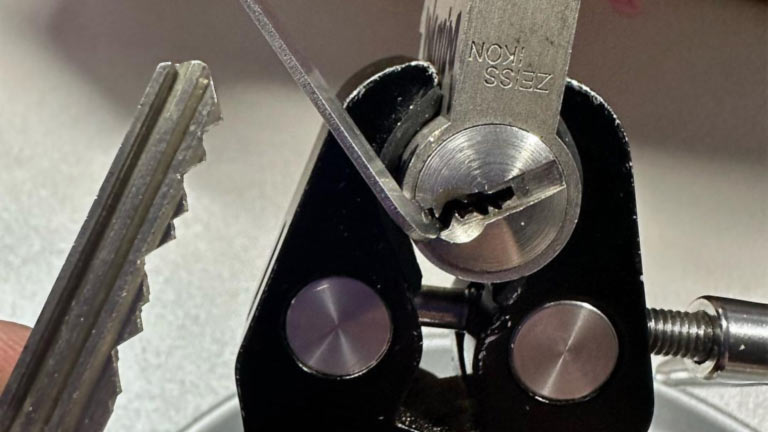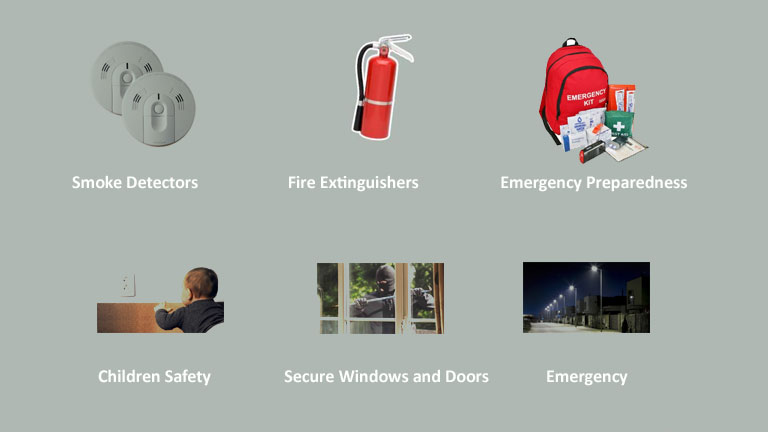
Shoplifting is a significant challenge for retailers worldwide, affecting their profits and operations. It’s essential to understand what items are most commonly targeted by shoplifters. This knowledge is crucial for effective loss prevention strategies.
Today, we’re diving into the five items that frequently fall prey to shoplifting. These range from small, easily concealed objects to more expensive goods with high resale value. By exploring these items, we shed light on the patterns and behaviours of shoplifters. This understanding helps businesses and security professionals develop more robust measures to protect their merchandise.
Additionally, recognizing these trends benefits consumers, contributing to a safer and more secure shopping environment. Our focus is on the what and why behind these thefts and on offering insights beyond the surface level. Join us as we uncover these top targets of shoplifters and discuss ways to safeguard against these losses.
1. Cosmetics and Beauty Products
One of the most frequently shoplifted items is cosmetics and beauty products. These small, expensive items are easy for shoplifters to conceal. Lipsticks, razors & razor blades, eyeshadows, and luxury skincare products are particularly vulnerable. Their high value and compact size make them attractive targets.
The theft of these items leads to revenue loss and affects the store’s inventory accuracy, disrupting the supply chain and customer satisfaction. Effective loss prevention strategies for these items include keeping them in locked displays, using security tags, and employing vigilant customer service to deter potential thefts.
2. Clothing and Apparel
Clothing, especially designer brands, is another prime target for shoplifters. Jackets, jeans, and high-end accessories like handbags and belts are often stolen for their resale value. These items are costly for retailers and contribute to many shoplifting incidents.
To combat this, retailers increasingly use security tags that are only possible to remove with specialized equipment. Surveillance cameras and trained staff who can identify suspicious behaviour are also crucial in protecting apparel from theft.
3. Electronics
Small electronic gadgets, such as smartphones, headphones, and chargers, are highly sought after by shoplifters. Their high price and ease of resale make them a lucrative target. The loss of these items can be particularly damaging due to their high unit cost.
Retailers respond by securing these items in locked cases or attaching them to display tables with alarm-triggering devices. Staff training to spot potential electronic thieves is also vital, as these items often require more sophisticated methods to steal.
4. Alcohol
Alcohol is dangerous for health but still, it is not only popular among consumers but also among shoplifters. Their consistent demand in the black market drives their theft. Expensive liquor brands are particularly prone to shoplifting.
Retailers are tackling this issue by placing these items in areas with high visibility and restricted access. Implementing age verification policies also helps monitor and control access to these products, thereby reducing opportunities for theft.
5. Baby Formula and Food Items
Surprisingly, baby formula is a highly shoplifted item. Its necessity for many families, combined with its high cost, makes it a frequent target for theft. Other food items like meat, cheese, and seafood are also commonly stolen alongside baby formula. This theft affects the retailers’ bottom line and indicates a broader social issue related to the accessibility and affordability of essential goods.
Loss prevention strategies include placing these items in more visible areas, using electronic article surveillance tags, and creating awareness among store personnel to watch for suspicious activities.
Better Understand How to Protect Your Merchandise
Each of these items sheds light on the specific challenges retailers face with different types of merchandise. Understanding the patterns and motives behind the theft of these items is crucial for developing effective loss-prevention strategies. By adopting targeted measures, retailers can reduce losses and ensure a safe and welcoming environment for their customers.
Addressing shoplifting is not just about protecting assets; it’s about creating a retail ecosystem that is secure and trustworthy for everyone involved. Proactive measures such as:
- Employee training
- Customer education
- and community engagement can go a long way
For instance, educating customers about the impact of shoplifting can foster a sense of community responsibility. Retailers might also consider strategies like price adjustments, loyalty programs, or donations to address underlying issues like economic hardship, which can be a factor in shoplifting.
In addition, advancements in technology, such as AI-powered surveillance and data analytics, offer new ways to identify and prevent theft. By combining these innovative approaches with traditional security measures, retailers can effectively tackle the complex issue of shoplifting, ensuring their stores remain places of business integrity and customer trust.




